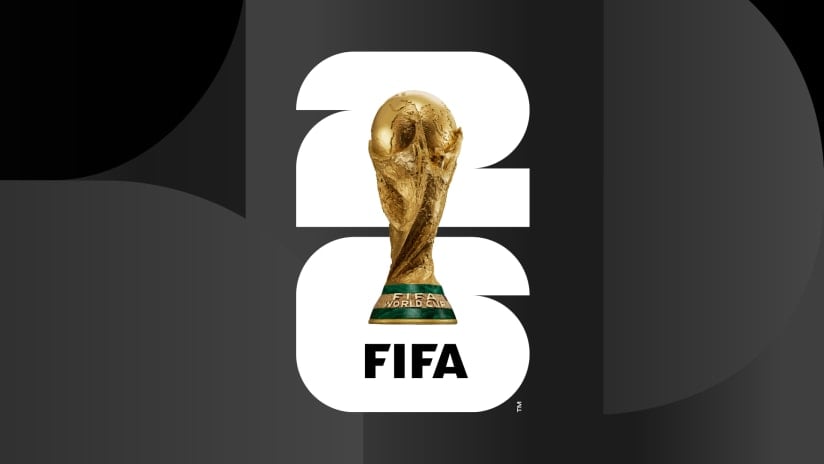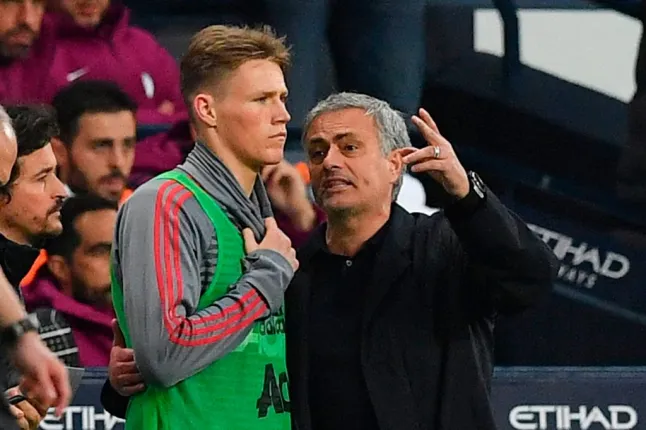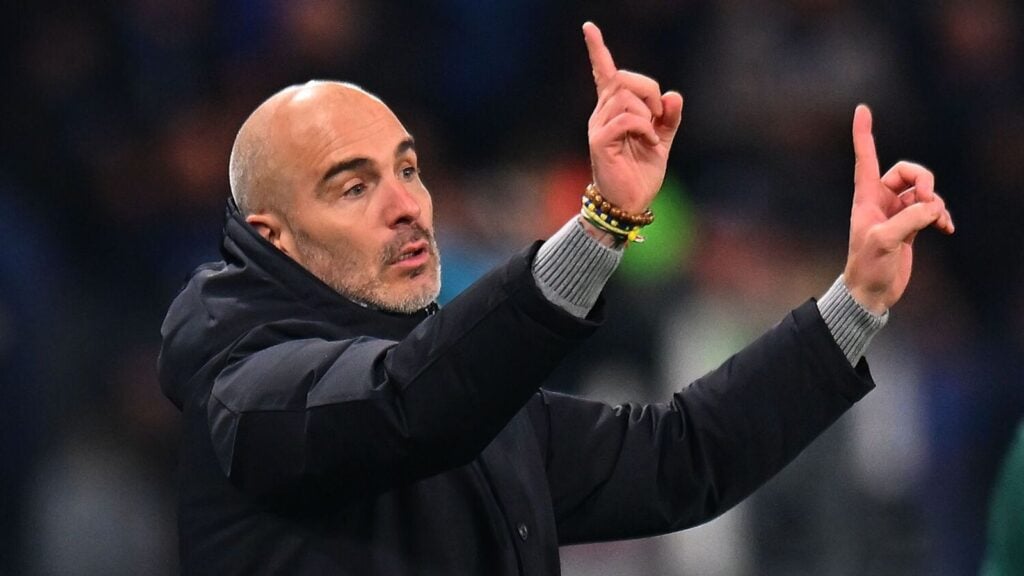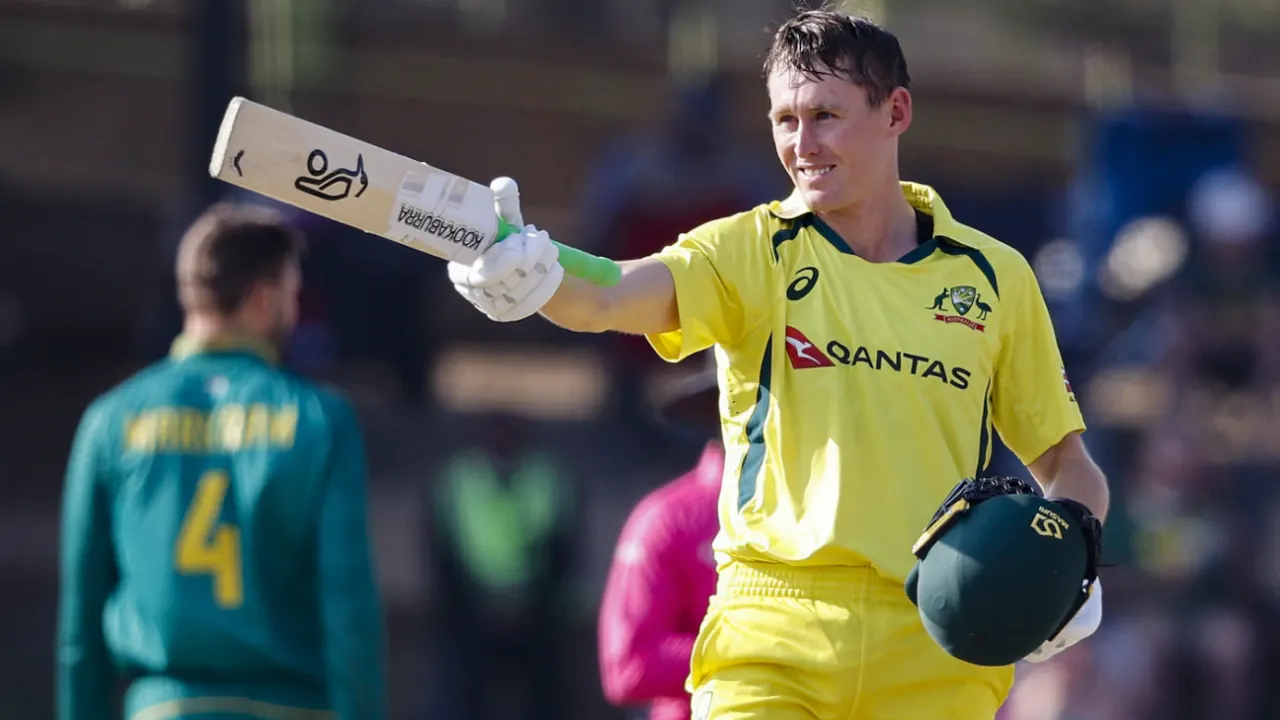
Australia’s World Cup squad undergoes a significant shuffle. With Travis Head being sidelined due to a fractured hand sustained in a match against South Africa, Marnus Labuschagne finds himself a spot in the team. The interesting twist? Labuschagne’s entry comes at the expense of Ashton Agar, who is grappling with a calf injury.
Despite Head’s unavailability during the initial stages of the tournament, Australia’s selectors see immense value in him. Such is their faith in his potential contribution that they’re willing to start with essentially 14 players. Since his reintroduction to the ODI team in March 2022, Head boasts an impressive 791 runs with a striking average of 60.84. In his absence, Mitchell Marsh is expected to join David Warner as the opening duo.
Key Statistics: The Players’ Journey So Far
| Player | Runs | Average | Notable Performances |
| Travis Head | 791 | 60.84 | Strike rate of 119.84 |
| Marnus Labuschagne | 421 | 60.14 | Century in Bloemfontein, 80* in Rajkot |
The Spin Conundrum
Agar’s absence poses a dilemma. With his injury confirmed post his return from South Africa, selectors had a vacancy to fill. Instead of opting for a direct like-for-like replacement, they’ve shifted gears. Labuschagne’s inclusion indicates a strategic change. Instead of bringing in another frontline spinner, they’re banking on Glenn Maxwell to play a pivotal role alongside Adam Zampa.
Maxwell recently showcased his prowess with a four-wicket haul in Rajkot. However, relying on him heavily might be a gamble, especially considering the long shadow of his last year’s broken leg injury.
While Tanveer Sangha, another leg spinner, remains with the squad for the warm-up matches, there’s no dedicated backup for Zampa, posing potential challenges for the Australian team.
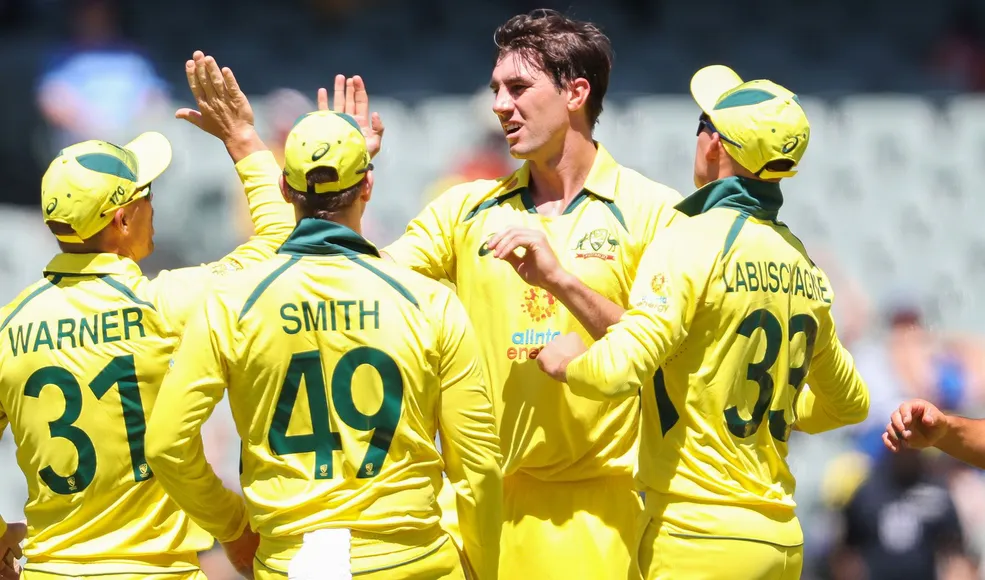
Selector’s Insights
George Bailey, the chair of selectors, shed light on the tough decisions surrounding the squad composition. He mentioned:
There has been one change to the original preliminary squad of 15 announced a month ago with Marnus replacing Ashton. This was a tough call but unfortunately, we couldn’t carry both Travis and Ashton into the tournament with the injuries they have.
Emphasizing the importance of Travis Head, Bailey added:
We have made the decision to carry Travis through the early stages with the aim of him being available around the mid part of the tournament. He has been a really important player in this ODI team and we are hopeful his return can provide a positive impetus as it gets to the business end of the tournament.
Labuschagne’s Remarkable Comeback
Labuschagne’s trajectory in the one-day scene has been nothing short of cinematic. Initially, he wasn’t even slated for the South Africa or India series. However, fate had other plans. He was brought in as a substitute for Steven Smith, who was nursing a wrist injury. And, in a twist that seems right out of a fairy tale, Labuschagne, when chosen as Cameron Green’s concussion sub, delivered a stellar performance with an 80 not out, turning the game on its head.
He’s amassed 421 runs at an average of 60.14 in just eight matches, cementing his importance in the team.
What’s Next for Australia?
With the World Cup on the horizon, Australia is gearing up with warm-up matches against the Netherlands on September 30 and Pakistan on October 3. Their first big challenge will be when they face India in Chennai on October 8.
Other players to watch include Marcus Stoinis, Cameron Green, and Alex Carey. While they’ve been short on runs, Carey’s 99 remains a beacon of hope.
In Conclusion
Australia’s World Cup squad has seen its fair share of shuffles, challenges, and strategies. With key players sidelined and new faces emerging, it’s a gripping narrative of resilience and strategy. As the tournament unfolds, it remains to be seen if these choices pay off, and if Australia can clinch the coveted title.

